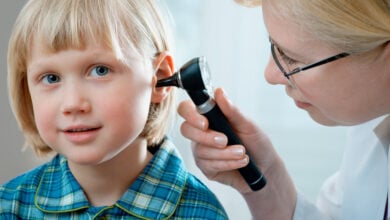Whole-school wellbeing is a marathon not a sprint

Ups, downs, and challenges will always make us wonder if we are making any progress.
This is a feature article from our Term 3 issue of School News. Check out the full edition online now (or pick up your staffroom copy!).
That is a given! After the COVID-19 lockdown, and the ‘22-week term’, it is easy to focus on those challenges. Now, more than ever, we need to focus on what is good and what is best for our students, our staff, our schools, and the communities that support us.
Fundamental to wellbeing for people or systems, is being able to feel grateful and focusing on what is right and best. The benefits of gratitude and a strengths focus, simple though they sound, have been shown to reduce burnout and increase job satisfaction in new teachers; increase student resilience and reduce entitlement; build work teams that perform better under pressure; and build high trust environments where people more easily share information and support each other.
Building on what’s good in your school
School wellbeing needs a solid foundation: this is built by noticing the good work already happening in the school, protecting, learning from, and building on it. Each school needs to be able to draw on their unique strengths to address the wellbeing challenges they face. Schools have unique histories, places, staff, community, and challenges. How schools develop wellbeing is usually a tailored response to their situation rather than an off-the-shelf solution.
What is working in schools?
In over a decade’s work around the world, what we have seen working to build whole-school wellbeing is:
- A commitment to educator wellbeing as well as student wellbeing.
- A commitment to staff wellbeing PLD to build school wellbeing capability enabling staff to become the internal engine of the school’s wellbeing development.
- An understanding that wellbeing must include all of the school stakeholders, especially whanau.
- Adoption of a shared language and understanding of what wellbeing means, which can be expressed as a wellbeing model, a graphic, a whakatauki/motto, or within the school values.
- Skillful use of appropriate frameworks and pedagogies that support wellbeing leaders to design plans and make informed choices about next steps and priorities for the school.
- Building on strengths, staying focused on a limited number of priorities, and not trying to do everything at once.
Whole-school wellbeing takes time, because…
- Schools need to involve all educators, administrative and support staff, all students, and their whanau.
- Wellbeing has to be ‘caught’ as well as taught; i.e. lived and modelled in the school.
- School policies and structures must be aligned with the goal of wellbeing, including assessment, timetabling, discipline, performance review.
This year has presented schools and educators with extraordinary challenges. This is not a time for bemoaning progress not yet made on this year’s plans. It is time to appreciate all you have done, what you have coped with, to acknowledge and celebrate each other.
If you focus on the new learning and insights, there may be some ‘COVID silver linings’, benefits from the past few months that can add to school wellbeing.
Ngā mihi nui ki a koutou.






